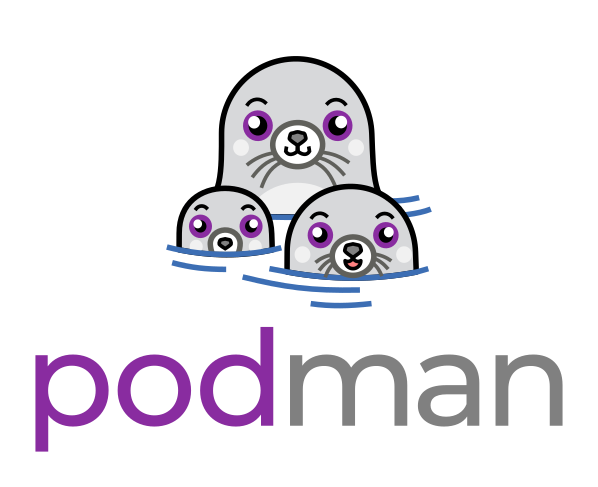System tests exercise Podman in the context of a complete, composed environment from distribution packages. It should match as closely as possible to how an end-user would experience a fresh-install. Dependencies on external configuration and resources must be kept minimal, and the tests must be generic and vendor-neutral.
The system-tests must execute cleanly on all tested platforms. They may optionally be executed during continuous-integration testing of code-changes, after all other testing completes successfully. For a list of tested platforms, please see the CI configuration file.
When working from a clone of the libpod repository,
the main entry-point for humans and automation is make localsystem. When operating
from a packaged version of the system-tests, the entry-point may vary as appropriate.
Running the packaged system-tests assumes the version of Podman matches the test
version, and all standard dependencies are installed.
System-tests should be high-level and user work-flow oriented. For example, consider how multiple Podman invocations would be used together by an end-user. The set of related commands should be considered a single test. If one or more intermediate commands fail, the test could still pass if the end-result is still achieved.
Note: Common operations (like rm and rmi for cleanup/reset)
have been omitted as they are verified by repeated implied use.
-
pull, build, run, attach, commit, diff, inspect
- Pull existing image from registry
- Build new image FROM explicitly pulled image
- Run built container in detached mode
- Attach to running container, execute command to modify storage.
- Commit running container to new image w/ changed ENV VAR
- Verify attach + commit using diff
- verify changed ENV VAR with inspect
-
Implied pull, create, start, exec, log, stop, wait, rm
- Create non-existing local image
- start stopped container
- exec simple command in running container
- verify exec result with log
- wait on running container
- stop running container with 2 second timeout
- verify wait in 4 seconds or less
- verify stopped by rm without --force
-
Implied pull, build, export, modify, import, tag, run, kill
- Build from Dockerfile FROM non-existing local image
- Export built container as tarball
- Modify tarball contents
- Import tarball
- Tag imported image
- Run imported image to confirm tarball modification, block on non-special signal
- Kill can send non-TERM/KILL signal to container to exit
- Confirm exit within timeout
-
Container runlabel, exists, checkpoint, exists, restore, stop, prune
- Using pre-existing remote image, start it with 'podman container runlabel --pull'
- Run a named container that exits immediately
- Confirm 'container exists' zero exit (both containers)
- Checkpoint the running container
- Confirm 'container exists' non-zero exit (runlabel container)
- Confirm 'container exists' zero exit (named container)
- Run 'container restore'
- Confirm 'container exists' zero exit (both containers)
- Stop container
- Run 'container prune'
- Confirm
podman ps -alists no containers
- podman-remote (workflow TBD)
- history
- image
- load
- mount
- pause
- pod
- port
- login, push, & logout (difficult, save for last)
- restart
- save
- search
- stats
- top
- umount, unmount
- unpause
- volume
--namespace--storage-driver
